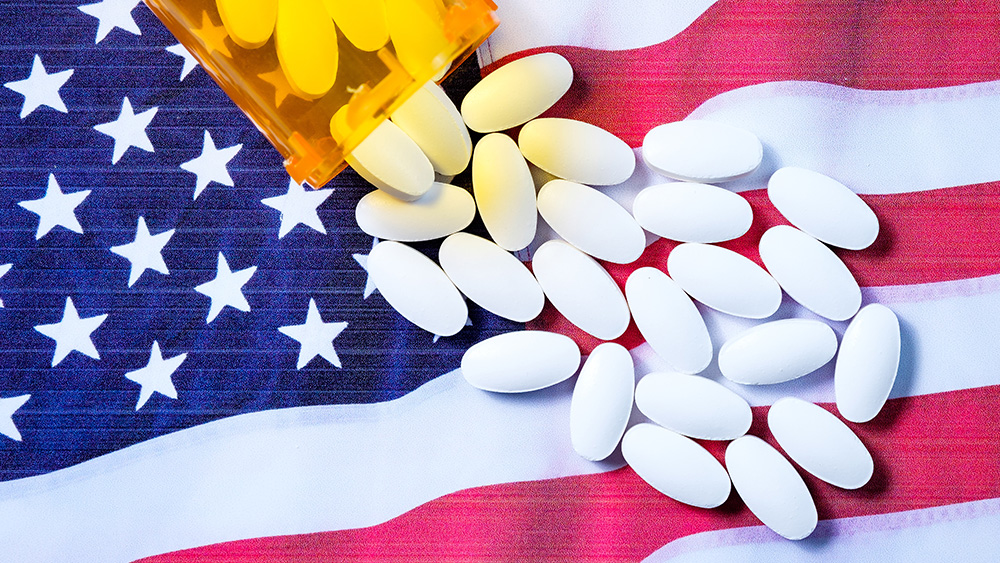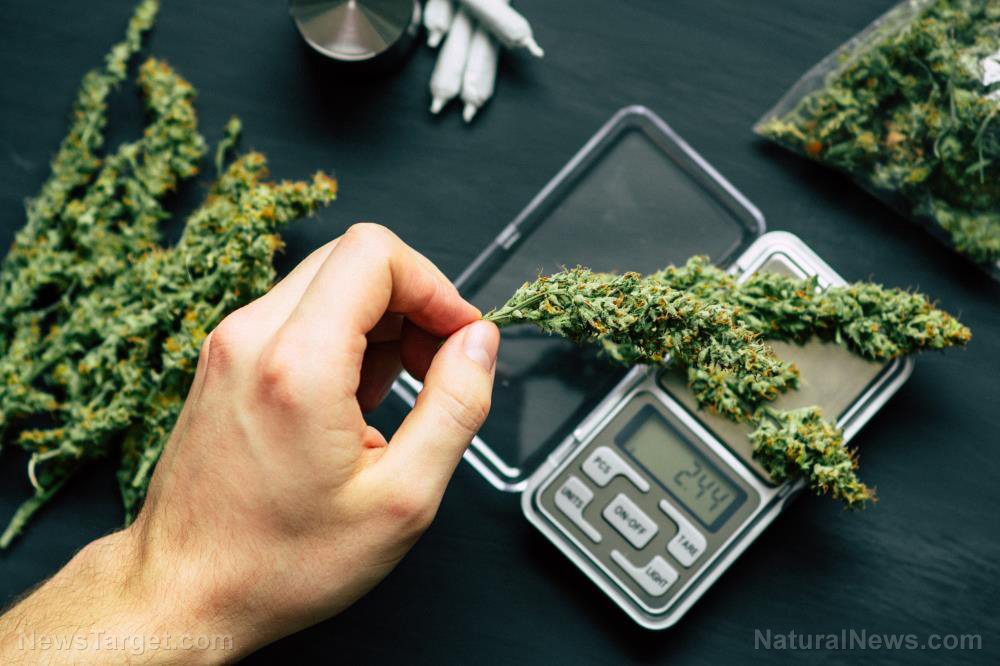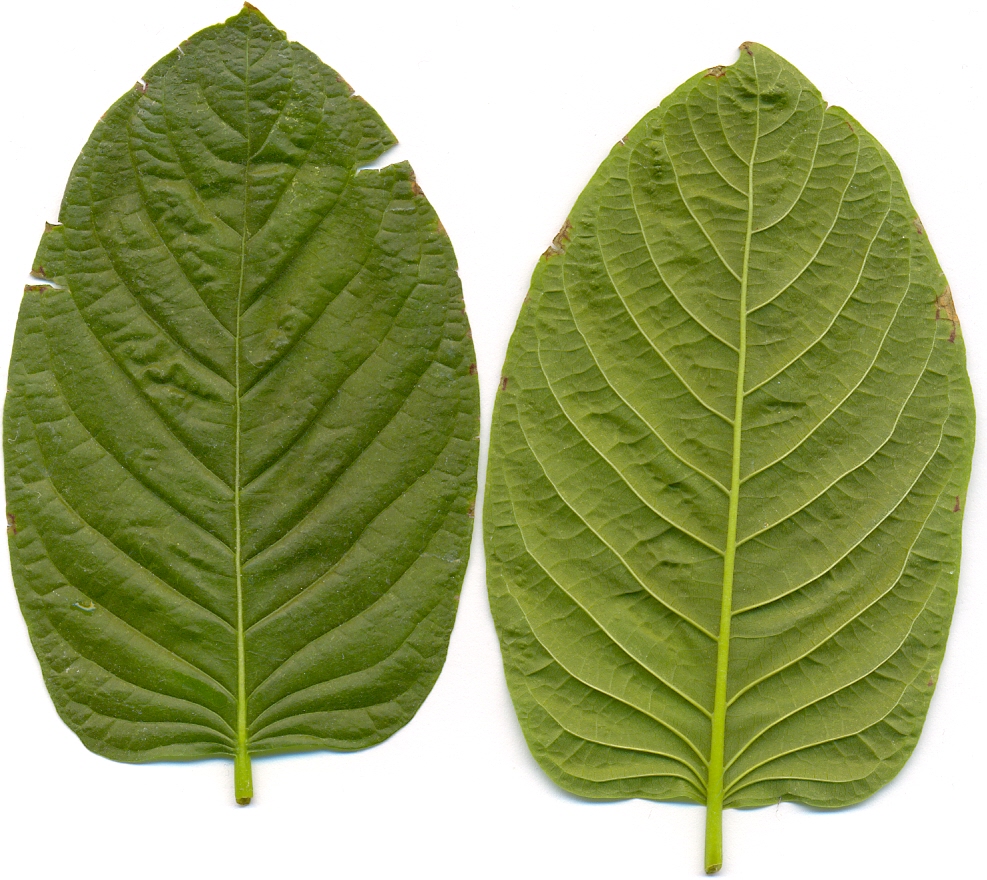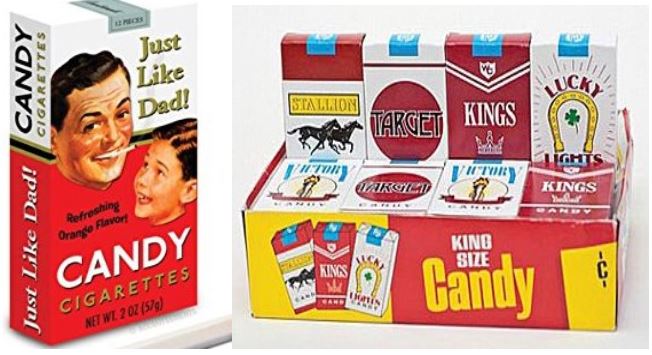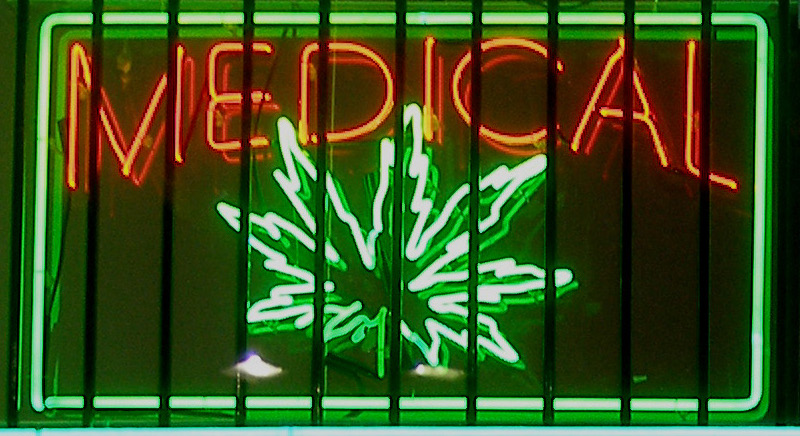After marijuana became legal in Washington state, it saw a decline in use by teens
07/28/2019 / By Isabelle Z.

When marijuana was legalized in Washington state in 2012, many observers worried that the move would cause drug use among young people to skyrocket. However, a study shows that legalizing marijuana has had the opposite effect in the state.
Research that was published in the Journal of the American Medical Association shows that the use of marijuana by teenagers in middle school and high school has dropped. They found that use among eighth-graders has fallen from 9.8 to 7.3 percent, while use among 10th graders has dropped from 19.8 to 17.8 percent. Use among seniors in high school, however, remains the same at 26.7 percent. The legal age to consume marijuana in the state was set at 21.
This study was based on data that was collected anonymously as part of the Washington Healthy Youth Survey that is given every two years to students in 8th, 10th and 12th grade.
Although this study did not uncover the reasons for the decline in teen marijuana use, the researchers believe it could be due in part to the fact that legalization opened up a dialogue about marijuana and brought that conversation into the mainstream.
Others have posited that this decrease in teen use and those seen in other states could be because it’s growing harder for teens to get their hands on marijuana as drug dealers are being replaced by licensed dispensaries that are supposed to verify buyers’ ages.
Study Co-Author Rosalie Liccardo Pacula said: “These findings do not provide a final answer about how legalization ultimately may influence youth marijuana usage. A variety of factors may influence the behavior of adolescents and those factors are likely to influence behaviors in different ways over time.”
Other studies show a similar trend
A different study confirms the findings. In research led by nursing professor Janessa Graves of the WSU College of Nursing, most teens reported using marijuana less often after its retail sale was legalized in the state. They found that marijuana use dropped significantly among every group of teenagers studied except for one: high school seniors who also had jobs working less than 11 hours per week.
This study also took data from the state’s Healthy Youth Survey, this time from 2010 and 2016. The differences between marijuana use among teens who work and those who don’t was dramatic. Post-legalization, just 4.8 percent of eighth-graders who don’t work reported using pot in the last 30 days, versus 20.8 percent of those who work using the drug. For 10th graders, 13.9 percent of those who don’t work used marijuana within the past 30 days, compared to 33.2 percent of those who do work. For 12th graders, meanwhile, 20.5 percent of those without jobs reported using marijuana in the last 30 days, compared to 36.7 percent of their peers who work.
Graves believes the difference is down to teenagers who work coming into contact with adults who aren’t their parents, teachers or coaches, giving them more chances to be exposed to adult substance use. On top of that, teens with jobs have more disposable income they can spend on drugs. She says there’s plenty of data to show that kids who work begin engaging in adult behavior earlier than their peers.
Graves said that although kids can learn a lot of responsibility by having a job, parents need to be aware of the quality of supervision at their children’s workplaces. The study also recommends that employers advertise and enforce zero-tolerance policies when it comes to adult employees promoting substance use to their adolescent coworkers.
Sources for this article include:
Tagged Under: addiction, adolescents, cannabis, drugs, legalization, marijuana, medical marijuana, Pot, recreational drugs, research, teen drug use, teenagers, Teens, Washington, weed
RECENT NEWS & ARTICLES
COPYRIGHT © 2017 ADDICTION NEWS

